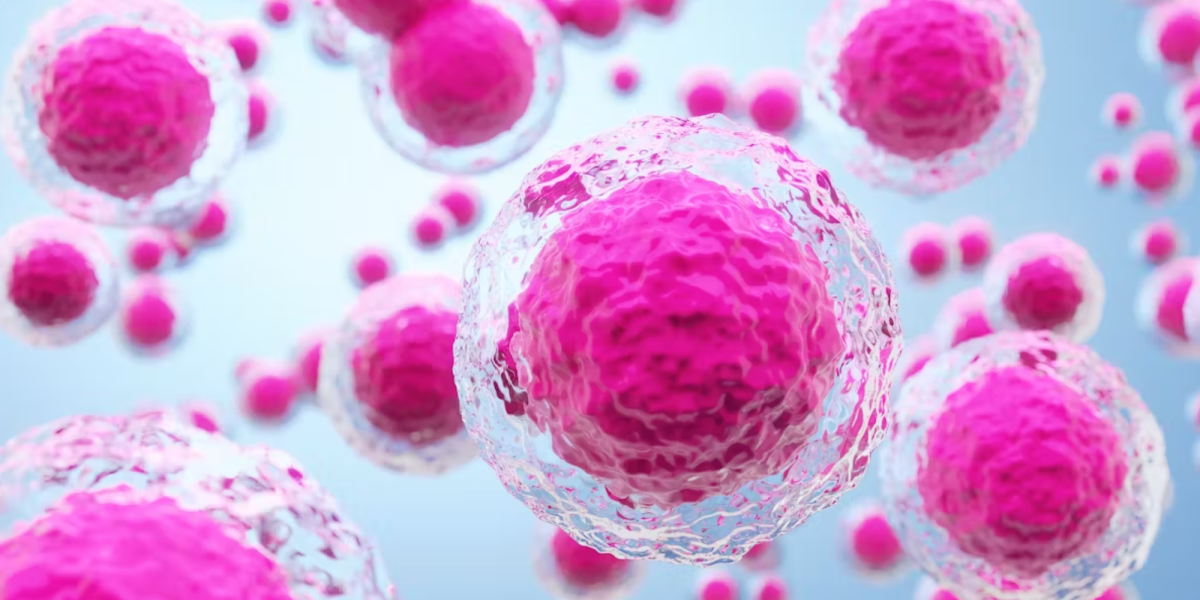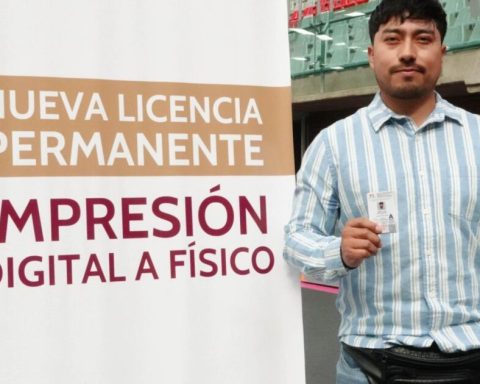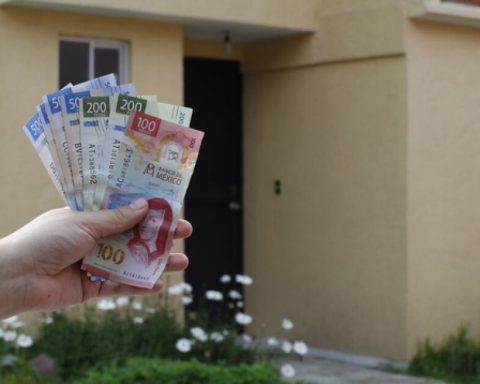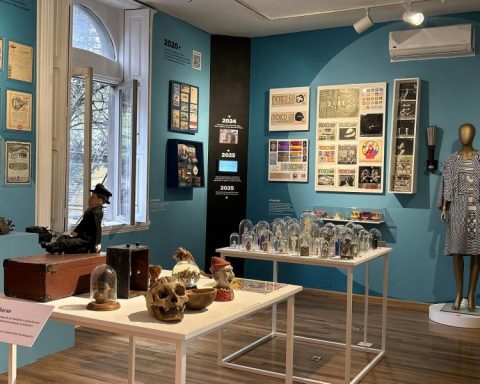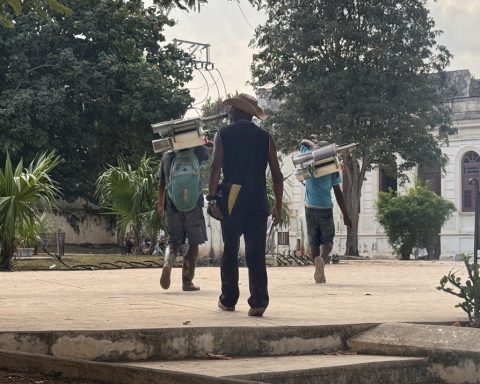Genetic, environmental and lifestyle factors have triggered the incidence of metabolic diseases, considered by many as the pandemic of the 21st century. These pathologies affect the functioning of the metabolism, the set of processes responsible for transforming nutrients into energy.
Among the best known and most widespread is the diabeteswhich manifests itself in various ways. Type 1 occurs when the immune system attacks the beta cells of the pancreas, which are responsible for producing insulin. Without insulin, the body cannot use sugar as an energy source, forcing patients to supply this key hormone externally for life.
But a new window of hope has just opened in the fight against type 1 diabetes: recently, a transplant has allowed one patient to produce his own insulin again.
Sophisticated cellular reprogramming
The authors of the advance are scientists from Nankai University, in China. As they have published in the magazine cellfirst obtained fat cells, specifically adipocytes, from a 25-year-old woman with type 1 diabetes. They then converted them through a cellular reprogramming process into induced pluripotent stem cells (iPSCs); that is, capable of transforming into any type of cell.
From these iPSCs, the Chinese scientists generated insulin-producing beta cells and eventually transplanted them into the patient’s abdominal muscle.
It should be noted that all cellular reprogramming processes were carried out with chemical products, which makes it possible to dispense with biological tools such as genetic editing and its associated risks. Another great advantage is that, as it is an autotransplant, there is no risk of rejection by the immune system, unlike conventional transplants.
The data must be taken with caution
The first data after the intervention are very promising: after two and a half months, the patient no longer needed to continue her insulin treatment, becoming insulin independent. Additionally, their blood glucose levels were comparable to those of a non-diabetic person.
However, there is a possibility that the autoimmune response characteristic of type 1 diabetes may reactivate and destroy the implant. But it is something that we cannot verify in this case, since the patient was immunosuppressed due to previous liver pathology. The results must therefore be taken with caution.
Another important aspect that remains to be evaluated is whether this technique, if proven effective in the long term, would be viable on a large scale. The cost and complexity of the procedure could hinder its development as a widespread cure for the nearly 50 million people suffering from type 1 diabetes worldwide.
Medical revolution underway
A strategy similar to the one mentioned was also used this year in China to treat type 2 diabetes. In that case, the patient recovered normal glucose values prior to the development of the disease two years after the transplant.
Additionally, the company Vertex Pharmaceuticals is testing transplants of insulin-producing cells obtained from embryonic stem cells – instead of the patient’s own cells – in people suffering from type 1 diabetes. Although the results have not yet been published in scientific journals, press releases indicate that some patients operated on have achieved insulin independence.
The problem is that these patients require severe immunosuppression, which has generated complications. In fact, it has been reported that two of the people treated (and apparently cured) they died. The company has not given details about the causes.
To address immune rejection problems, one of the clinical trials Vertex uses an experimental technique that encapsulates insulin-producing cells in plastic nanocapsules, designed to protect them from the immune response. To date, no conclusive data have been published on the effectiveness of this approach.
Only time will reveal whether stem cells will be able to live up to their expectations or whether this is a baseless promise.
